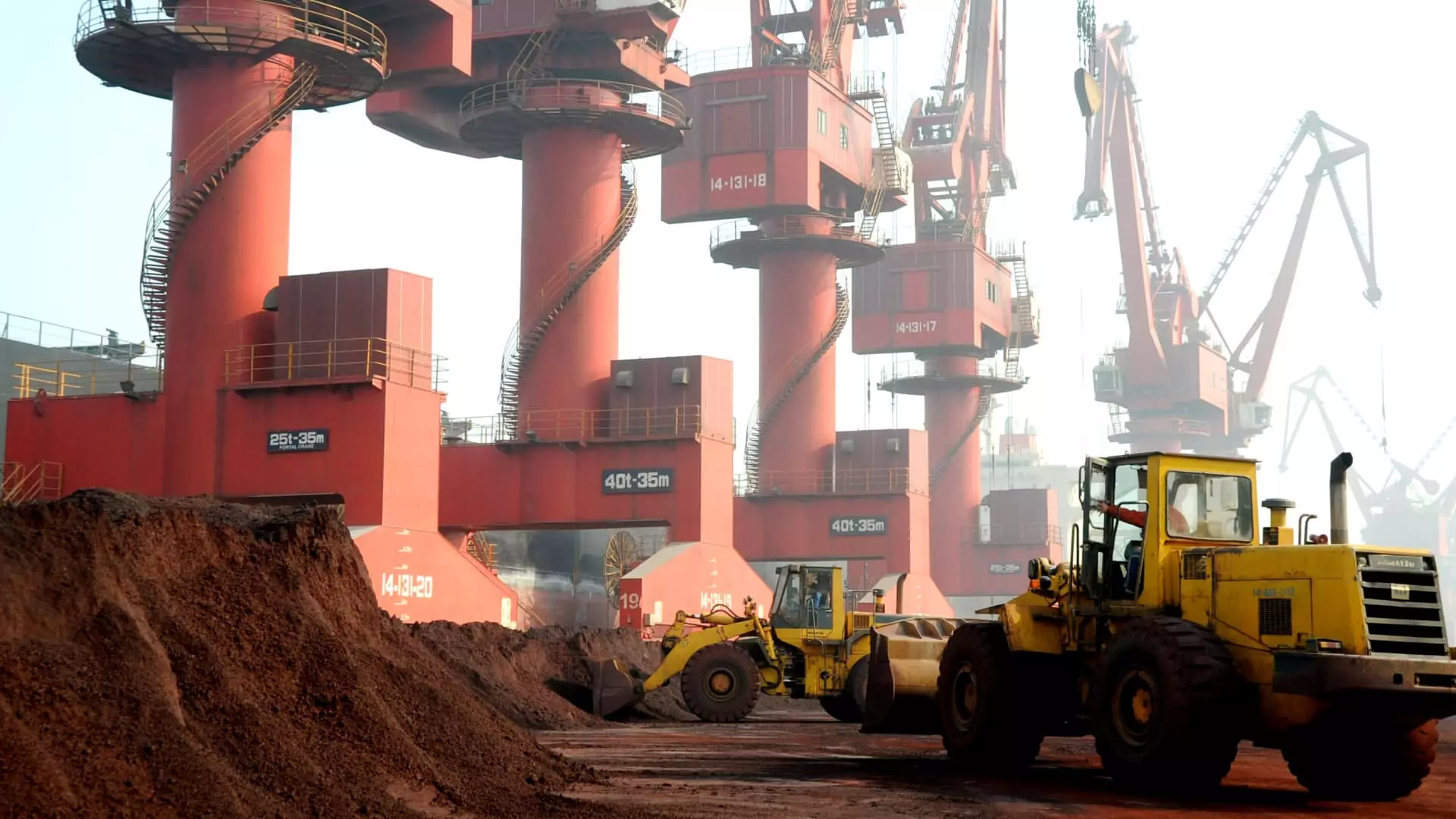Tungsten is recognized as one of the most versatile and critical metals in modern industrial applications. Known for its extraordinary hardness and high melting point, tungsten has found its way into various products, including military equipment, electronic components, and other industrial applications. Given its utility, the global demand for tungsten has continued to rise, making any changes in its supply chain critically important for manufacturers and governments alike.
As the world becomes more intertwined and dependent on various materials, understanding the geopolitical landscape surrounding these commodities is vital. China’s recent decision to impose export restrictions on tungsten has prompted a reevaluation of global supply chains that have long relied heavily on Chinese exports.
For decades, China has dominated the tungsten market, controlling approximately 80% of the global supply. Analysts suggest that Chinese companies initially flooded the market with inexpensive tungsten, effectively pushing out competitors and controlling the supply chain. However, the recent measures aimed at restricting tungsten exports mark a significant departure from this strategy.
The Chinese Ministry of Commerce has announced that as of December 1, businesses wishing to export tungsten products will require specific licensing. This step is part of a broader regulatory shift concerning “dual-use” goods—items that may have both military and civilian applications. The implications of this change extend far beyond mere regulatory compliance; it alters the landscape for tungsten enthusiasts, as many industries depend on this metal.
As the trade tensions between the U.S. and China escalate, the demand for non-Chinese tungsten sources has surged. Notably, the U.S. Defense Department has mandated that its contractors cease the acquisition of tungsten sourced from China before January 1, 2027. This increased pressure and demand for alternatives signal a significant shift in global tungsten procurement strategies.
Interestingly, the response of tungsten prices to these new export restrictions has not been as pronounced as some might expect. Christopher Ecclestone, a mining strategist, notes that for the industry’s economics to improve substantially, tungsten prices need to rise significantly—by about $50 per ton over the current market price of approximately $335. A sustained increase in prices could invigorate interest in mining operations outside China that have lain dormant for years.
The U.S. government has also taken measures to bolster its domestic tungsten industry. In response to the restrictions, tariffs on Chinese tungsten imports were raised by 25% in September. Public sentiment in the U.S. generally supports these tariffs, recognizing their potential benefits for domestic manufacturing. There are even calls for increasing these tariffs to 50%, demonstrating substantial backing for initiatives aimed at reestablishing a more self-sufficient tungsten supply.
However, reopening mines takes time, as the U.S. has not produced tungsten commercially since 2015. Streamlining regulatory processes and incentivizing local mining endeavors will be critical to establishing a more stable domestic supply chain while minimizing reliance on foreign imports.
The landscape for tungsten mining is not limited to the U.S. Other countries are stepping up to fill the gap left by a potentially diminished flow of tungsten from China. For instance, Almonty Industries is nearing the revival of its Sangdong mine in South Korea, which promises to restore a substantial portion of the region’s tungsten output—historically dominated by Chinese supplies. With significant investments and collaboration with local governments, Almonty plans to produce at least 50% of the mine’s capacity by the summer of 2025.
Not only does the development of this mine represent a crucial alternative source of tungsten, but it also provides economic opportunities, potentially creating thousands of jobs in the surrounding area. This development can serve as a model for other critical mineral mining projects in regions like Kazakhstan, Australia, and Spain.
Similarly, small companies in the U.S. are exploring potential acquisitions of tungsten claims, indicating a budding interest in reviving domestic tungsten resources. For example, Demesne Resources plans to acquire the IMA tungsten mine in Idaho, and preliminary assessments suggest the mine holds significant reserves of tungsten and other valuable minerals.
The recent export restrictions imposed by China on tungsten, while a significant step in their shifting global strategy, have triggered a multifaceted response across international markets. Rising demand for tungsten outside China is prompting interest in domestic mining operations in the U.S. and abroad. The transition from a China-dependent supply chain to a more diversified and resilient model is not merely a possibility; it’s becoming a necessity.
As global markets adjust, the focus will increasingly turn toward developing sustainable and economically viable alternatives for tungsten sourcing. The equation of supply and demand will inevitably evolve, and nations that prioritize strategic resource development could pave the way for increased economic stability and independence from geopolitical tensions surrounding critical minerals.

